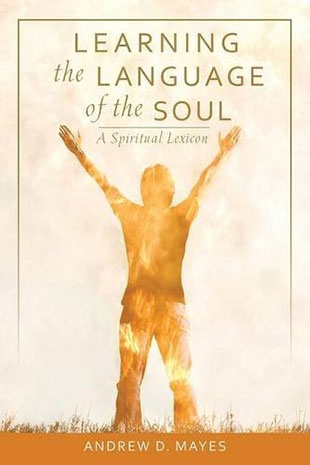"How can we describe to others what is happening to us on our spiritual journey? How can we depict, for the benefit of ourselves and for others, the spiritual road that we are taking: experiences of prayer, transitions that we travel through, and impediments that we face? How can we find images for the intangible, 'naming' the invisible, bring to visualization the unseen, and express the silences? How can we externalize into words the interior emotions and movements in the soul? How can we learn spiritual fluency?
"We find ourselves lost for words, tongue-tied, dumbfounded, and longing to find an expression. As the Jesuit spiritual directors William Barry and William Connelly put it: 'most people are inarticulate when they try . . . to describe their deeper feelings and attitudes. They can be even less articulate when they try to describe their relationship with God. . . . For to begin to talk about this aspect of their lives requires the equivalent of a new language, the ability to articulate inner experience.'
"In the sixteenth century, the Spanish Franciscan Francisco de Osuna wrote: 'some matters of mystical theology cannot be understood in ordinary language.' De Osuna composed three 'spiritual alphabets' that introduced the seeker to key ways of approaching the passion, spiritual disciplines, and the practice of prayer. As his translator explains: 'We must become as little children, learning our ABC's of spirituality.'
"We need to equip and inspire spiritual literacy. We need to be able to read our soul. We need to access appropriate vocabulary for spiritual direction: images and pictures, often stunning and unnerving, that help us describe and clarify what is happening to us; language and terms that will develop our awareness, make the abstract concrete, and make transparent what is opaque and cloudy. We need interpretive frameworks. We need to develop proficiency in the use of appropriate language, linguistic competency."
